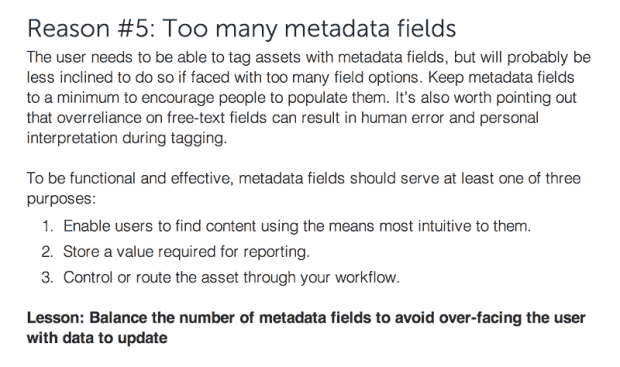By and large, I find marketing people to be vapid, oxygen wasters. Not because I find the art and pseudo-science of Marketing to be inherently evil—I don’t. After all, I’m a marketing director. But it bothers me that marketing people come into their positions, usually without a shred of industry experience, and then start blogging about best practices and tips like you’d think they invented the damned topic.
And the Digital Asset Management industry is full of examples of this. We’ve seen DAM News take on an unnamed DAM vendor for stealing content on several occasions. Recently, I also had to send a takedown notice to a company that had stolen content right off the Picturepark website.
And, really, this is bad enough. But when one marketing director uses his CMSWire authoring slot to steal copy verbatim from a CMSWire article written by the marketing director of a competing company, this is below low. In fact, it’s shameful.
Here’s an excerpt from a piece I wrote called “Lost in the DAM,” which CMSWire published on March, 12 2014:
Here’s an excerpt from a piece called “6 Reasons Why People Don’t Use Your DAM,” written by Neil Monahan, marketing manager for Brandworkz, and published by CMSWire on August 20, 2014:
Thank you for the vote of confidence, Mr. Monahan. But I’m not Wikipedia.
Here’s what I would like to have happen from this:
- I would like Mr. Monahan to publicly apologize for his plagiarism, to me and any other authors from whom he has stolen content. And I would like him to remove that content from the Internet.
- I would like CMSWire to require their contributing authors to verify that all materials submitted are original, not copied in any way from another source, and not written by a ghost writer. After all, if we are to trust CMSWire content to be valuable and educational, we should have some assurance that it is so, to the best of their knowledge.
Don’t get me wrong: I have no problem with someone learning from something I’ve written and using that knowledge in their work—that’s why I do what I do. But it irks me when someone tries to pass himself off as some sort of DAM expert when, in fact, copy & paste is the only expertise that has been adequately demonstrated.
The Digital Asset Management industry has enough problems without being polluted with nonsense written by (or stolen by) people who don’t know enough about what’s going on to speak from experience and tell their own stories.
UPDATE: CMSWire has since removed the three numbered points from Mr. Monahan’s article and replaced them with a link to my article. I was not told of any policy changes that would be made as a result of this. I will update this post if that happens. Mr. Monahan has also emailed me an apology in which he blames an intern whom he had to do his research. This, of course, made me feel stupid because all these years I’ve been doing my own DAM research. I didn’t even know that outsourcing expertise was an option.


